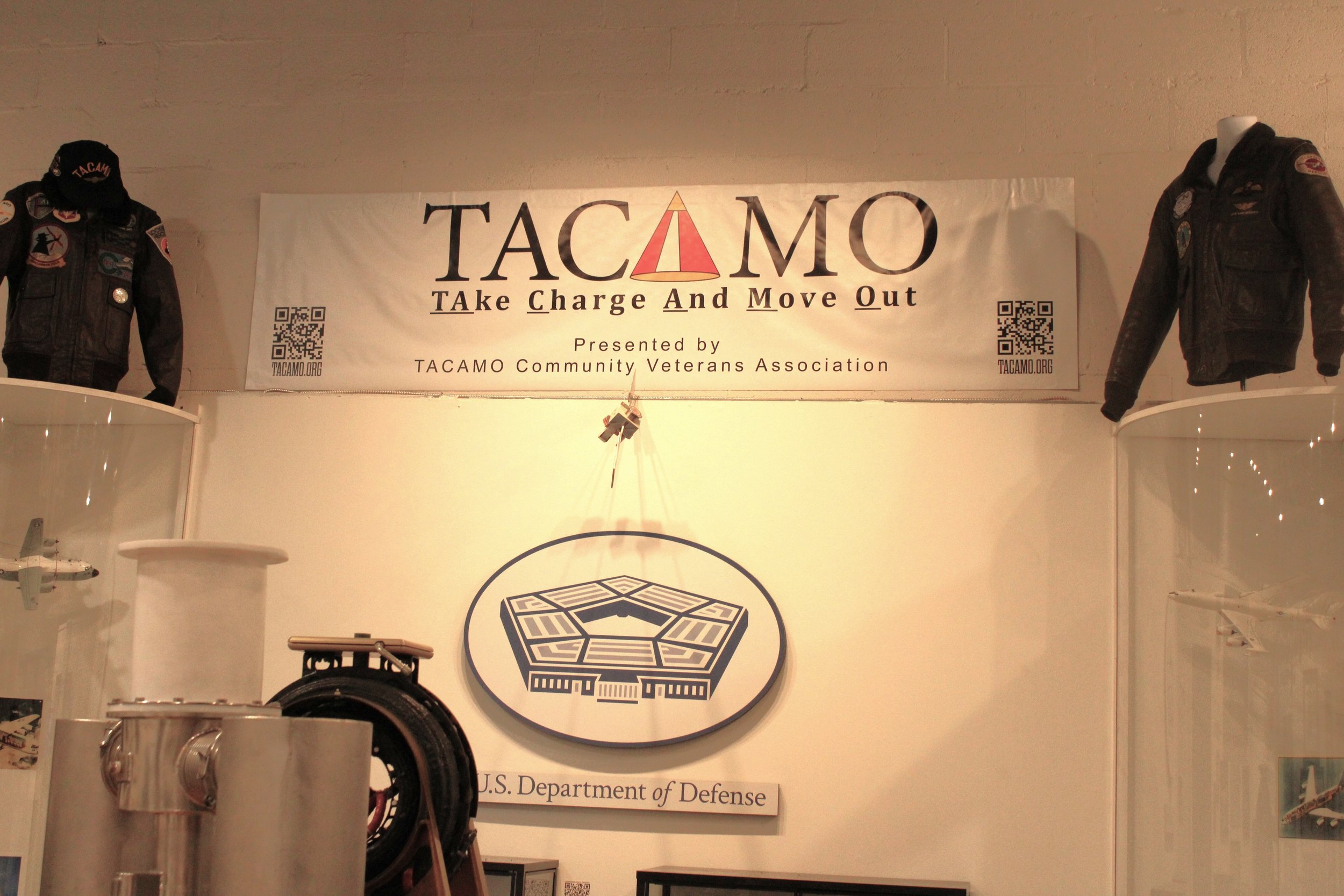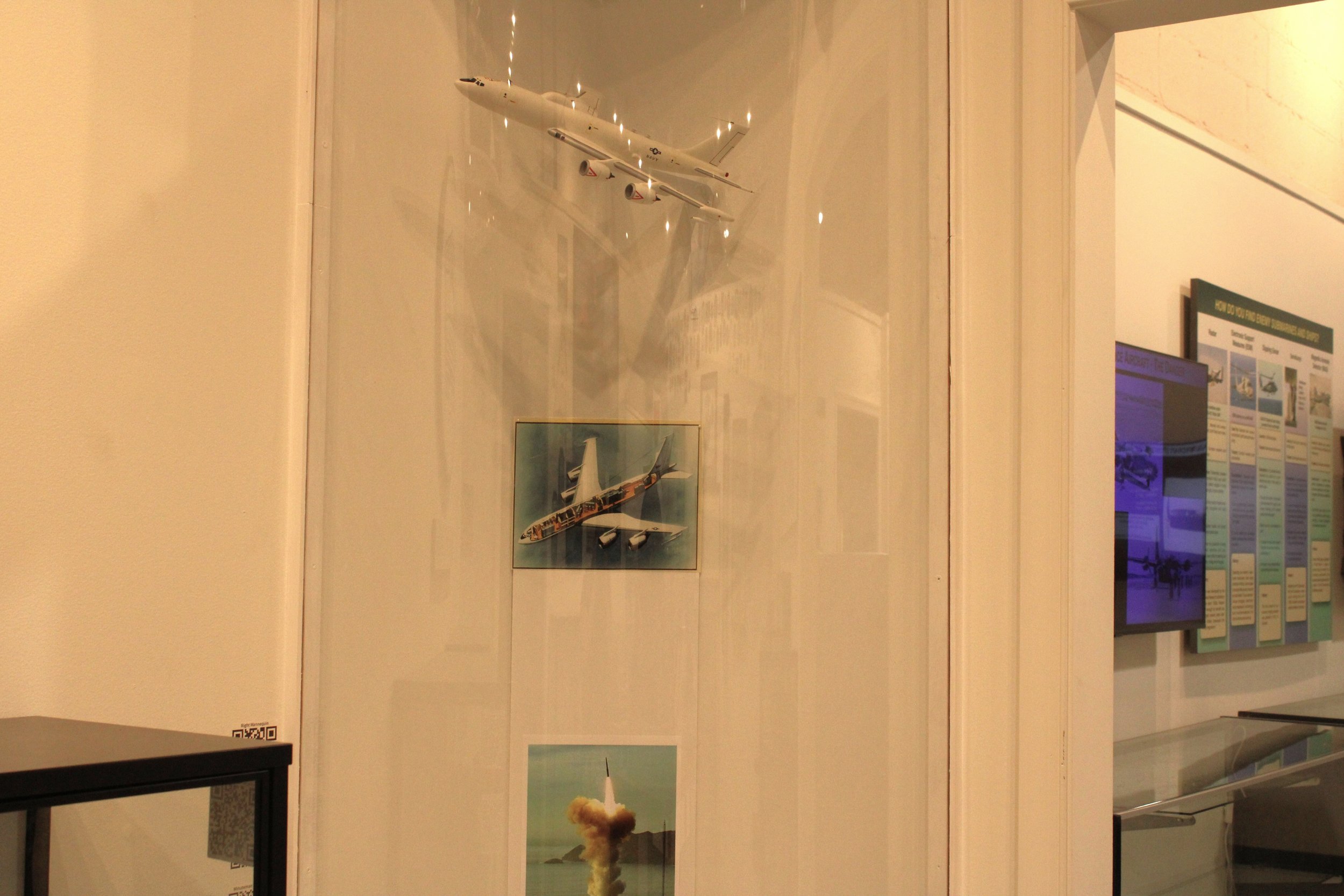
Patuxent River NAS is the home to one of the original National strategic communications squadrons that operate from several locations in the United States to provide national command authority connectivity between the Pentagon and all of our deployed nuclear submarines without them having to come up to the surface. The ‘Take Charge and Move Out’ TACAMO mission was originally conceived as a way to maintain communications on a 365 day/year, 24 hours a day basis.
Did you know that the Naval Air Systems Command here at Patuxent River is in charge of all development, manufacturing, test and evaluation (both flight and ground tests), and follow-on logistic support for the TACAMO mission world-wide?
What is TACAMO?
There are several means of communicating between conventional and nuclear weapons assets. There are satellite, landline, radio, cellphones and other commercial communications. The problem is that these are fixed, they can not be moved, and are easy targets in time of war.
The solution was to create an airborne radio station that could relay simple radio signals and broadcast them in a powerful way to reach thousands of miles to submerged submarines in a dangerous wartime environment.
That system is called Take Charge and Move Out or TACAMO. The first system was basically only a relay. Subsequent versions were faster, longer ranged and had more capabilities to better adapt to wartime - including the launching of nuclear weapons via 3-tier chain of command.
A TACAMO plane is always up, 24/7.
The first TACAMO planes
The first TACAMO planes, the EC-130G and then EC-130Q, were kept in the air 24/7 to ensure they could securely relay critical command and control messages to our nuclear submarines using very low frequencies (VLF) that can penetrate the earth’s salt water oceans.
A new generation TACAMO
The first TACAMO planes relayed nuclear command and control orders. The second generation the E-6A was faster, had a longer range, and more communications capabilities. The third generation, the E-6B has new added equipment and a full airborne battle staff of command officers that can launch nuclear strikes if ordered through a 3-tier command and control system.
TACAMO Flight Operations
During operations, the E-6 flies in a circular orbit trailing a long cable antenna hanging perpendicular to the water. This technique makes the antenna function more efficiently.










